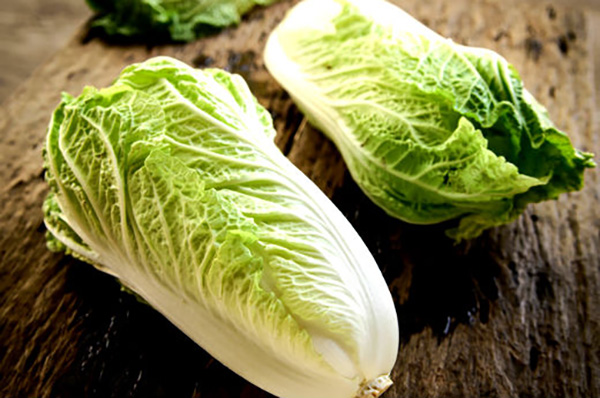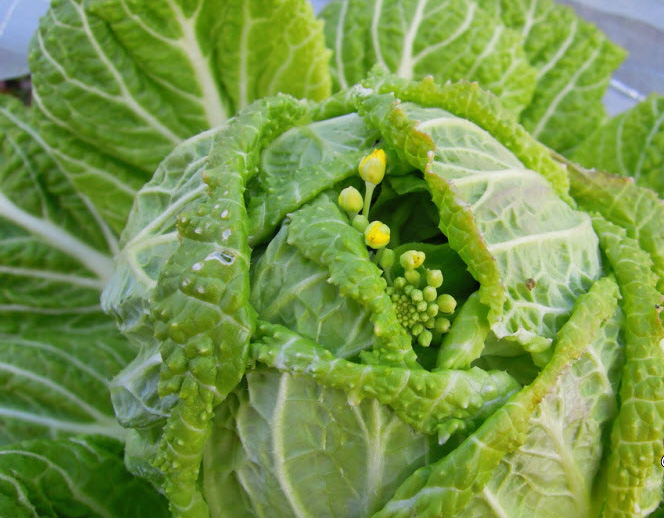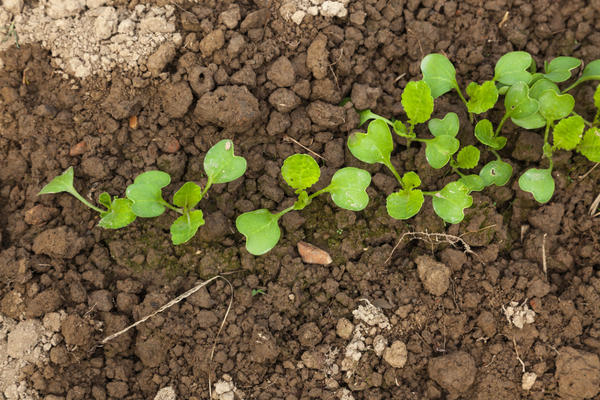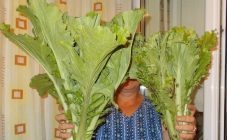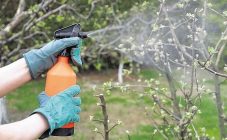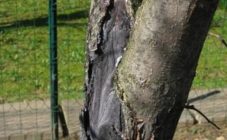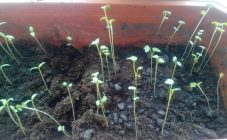Domestic agronomists learned about Peking cabbage not so long ago, since the birthplace of culture is China. The plant belongs to the Cruciferous family. The product has a high concentration of nutrients that have a beneficial effect on the human body, while it belongs to the dietary category. It is not difficult to grow Chinese cabbage in a summer cottage, but you need to know all the features of its development. Many beginners, and even experienced agronomists, are wondering why Peking cabbage goes in color, what to do in these cases.
Basic information about culture
An alternative name for Chinese cabbage is lettuce. They began to cultivate it in China, as evidenced by written records dating back to 5-6 centuries AD. Further, the cabbage culture spread to Korea, Japan and India. At the end of the 20th century, few people in the United States and Europe knew about Peking cabbage, but recently the state of affairs has changed dramatically. Today it is one of the most demanded garden crops in the world, in Russia too. Domestic gardeners are increasingly growing it on their backyard plots.
A Chinese head of cabbage is more like lettuce. In the process of plant development, delicate leaves with excellent taste are formed, hard veins are absent, the pulp is tender and juicy. In cooking, everything from this garden culture is prepared as from ordinary varieties of cabbage.
Main varieties:
- Bilko F1 - a hybrid of Dutch selection, designed for growing in open soil and film tunnels. Late ripening period, intended for autumn cultivation (67 days). The weight of each leaf head, subject to the rules of agricultural technology, varies from 1.2 to 1.8 kg. The variety is highly productive, therefore it is in great demand in the domestic market. It has good transportable qualities and excellent keeping quality. It has good disease resistance.
- Manoko F1 is a hybrid variety adapted for Russian climatic conditions. Designed for cultivation in open soil or under cover throughout the summer cottage season. Refers to early varieties, the duration of the growing season is 45-48 days. The weight of each head of cabbage reaches 800 g - 1 kg, compact, have a cylindrical shape. It is in demand due to its productivity. The root system is heat-resistant and can be transported over long distances. Possesses excellent taste. Good disease resistance.
- Taranko F1 - late-ripening hybrid of Dutch selection. After planting the planting material, subject to all the rules of agricultural technology, the crop can be harvested after 72 days. The weight of a head of cabbage can vary from 1.2 kg to 2 kg. Excellent taste. High resistance to fusarium is noted. Recommended for fresh use, not intended for long-term storage.
Reasons why Chinese cabbage is in bloom
It so happens that the culture goes into color (starts shooting). Why Chinese cabbage turns into color - the most common reasons:
- All cabbage varieties are thermophilic plants. Perhaps the seeds were sown a week or two earlier, before the onset of optimum temperatures. As a result, unfavorable climatic conditions were observed during fruit formation.
- Injury to the root system during transplantation, if the plant is planted with seedlings. You can also damage the rhizome when caring for plants, for example, during loosening. Having lost part of the root system, lettuce, in order to quickly complete its life cycle, begins to actively form flowers and fruits.
- Salad cabbage is capable of turning into color if, when choosing planting material, one does not focus on climatic conditions. Adapted for the Russian climate - Dutch seeds Taranko, Manokolo and Bilko. To purchase high-quality seed, you need to visit specialized stores.
- The plant can turn into color due to the long daylight hours. To prevent a capricious crop from blooming, you need to sow seeds in early spring and / or late summer (daylight hours are not so high).
- Moisture deficiency can also cause flowering. All cabbage varieties are moisture-loving plants. Care must be taken to ensure that the soil is moderately moist.
- Also, a Chinese head of cabbage can bloom with significant temperature changes. The optimum temperature for the formation of heads of cabbage is + 23-27 degrees. When the temperature drops below +22, flowers can form. In case of unstable weather, it is recommended to use agrofibre - it warms and controls the flow of moisture.
- It can go into the color of the "Peking" if any representative of the Cruciferous family was its predecessor at the summer cottage. The plant is recommended to be planted in areas where tomatoes, legumes, cucumbers and onions grew last year.
- The culture is capable of blooming due to the fact that there is an insufficient amount of nutrients in the soil. Therefore, before sowing seeds, it is recommended to apply organic and / or mineral fertilizers to the soil. Peking cabbage sharply reacts to the deficiency of minerals in the earth: potassium, phosphorus and calcium. It is effective to use egg tincture as a fertilizer: insist 30 g of eggshell in 5 liters of hot water. Potassium and phosphorus in the soil play an important role in the formation of heads. With a deficiency of these substances, the heads of cabbage will form slowly, but the flowers will show good growth.
- A garden culture can turn into color or disappear altogether if hybrid varieties have been planted in the ground, which are characterized by low cold resistance indicators.
- Late harvest can be the cause of problems. Dense heads of Peking cabbage must be cut on time, otherwise they will inevitably go into bloom. The culture bears abundant fruit in warm climates and short daylight hours.
Prevention measures
If the culture has gone into color during the previous planting, it is necessary to familiarize yourself with the above reasons and, if possible, eliminate them in the future. In order not to face a similar problem, you must follow the recommendations:
- It is recommended to plant lettuce near buildings or fences, they provide the shade that the plant needs so much for full growth and development. If there are no such places at the dacha, you can plant in an open area, but in the afternoon the culture must be covered with a covering material.
- It is recommended to sow the plant in early spring or late summer. To protect against a cold snap, it is recommended to use a covering material; it may not be necessary to remove it from the beds at all, thanks to this it will be possible to maintain the temperature regime.
- When growing collard greens in the Russian climate, it is better to give preference to Dutch hybrid varieties. The most frost-resistant of them are Bilko, Taranko and Manoko.
- It is recommended to sow the seed directly into open soil or peat cups. When processing beds, the depth of penetration should not exceed 2-3 cm. Such measures will preserve the delicate roots of plants.
- A month before the expected sowing date, it is recommended to apply mineral fertilizers to the land - potassium sulfate or superphosphate. During the growing season, special mineral complexes designed for cabbage must be regularly added to the soil.
Strictly following all the recommendations, it will be possible to avoid situations when the heads of cabbage have not yet formed, and the cabbage has already begun to bloom. If you follow the agrotechnical rules for growing Peking cabbage, the plant will not shoot arrows.
